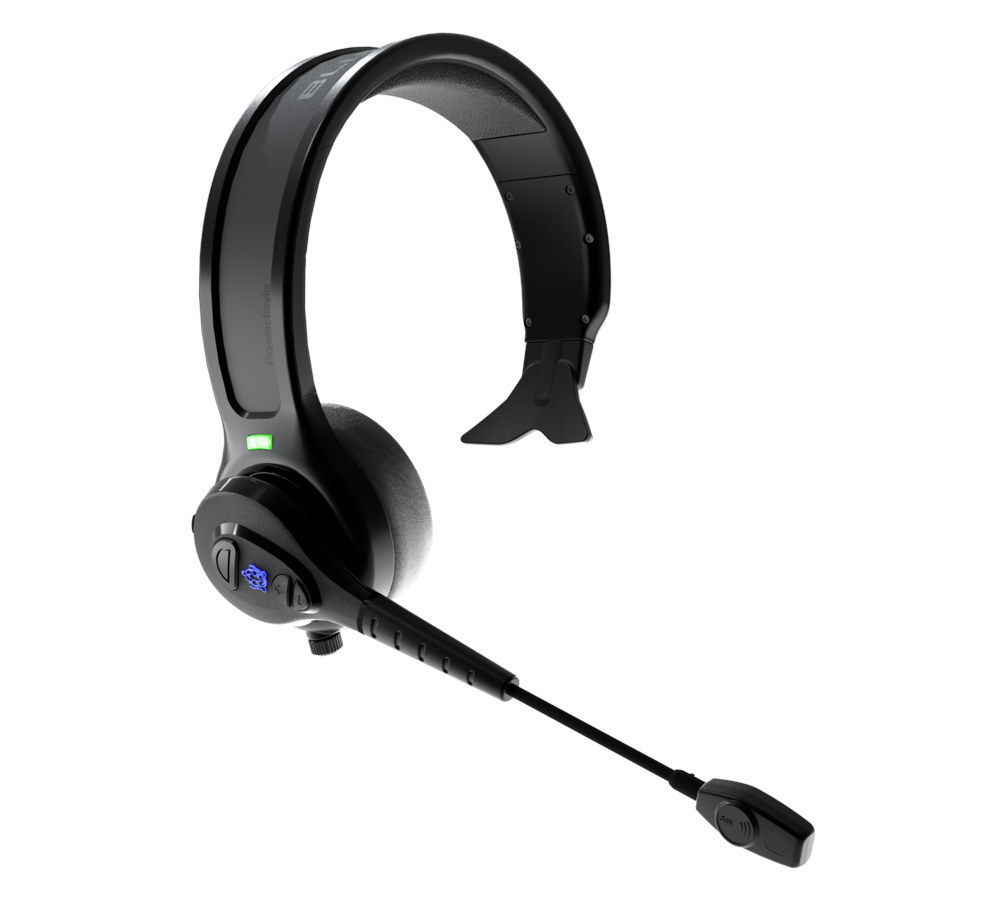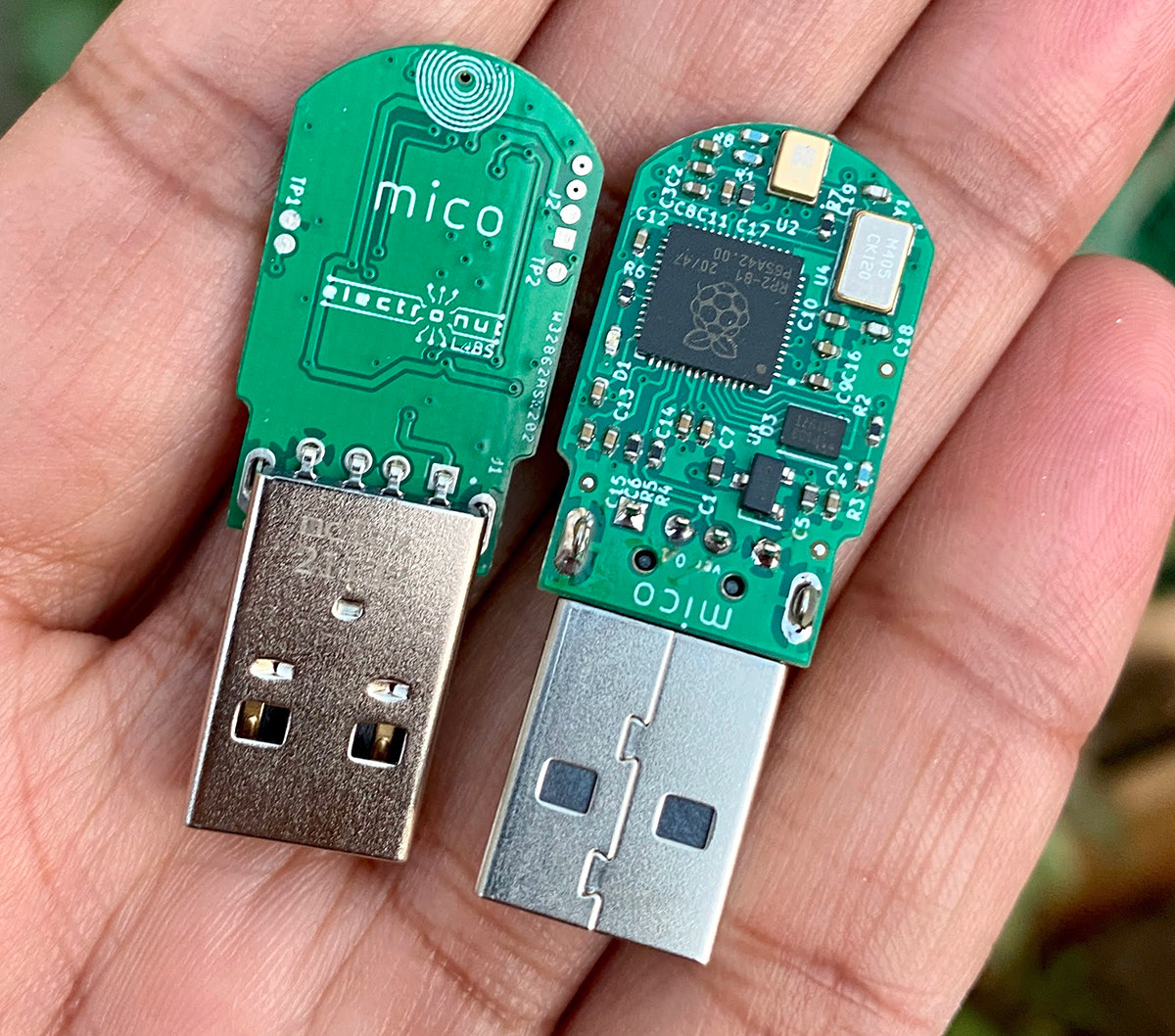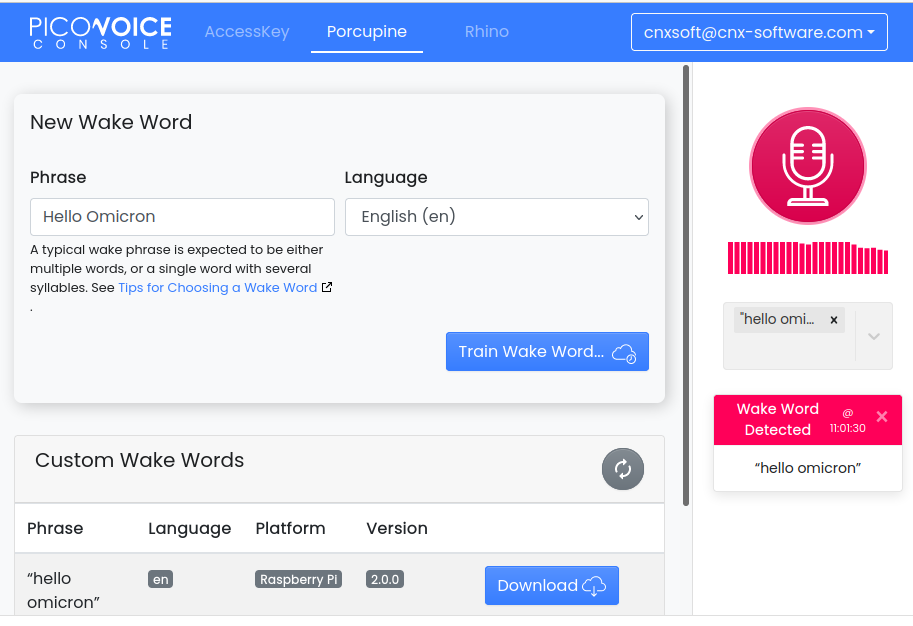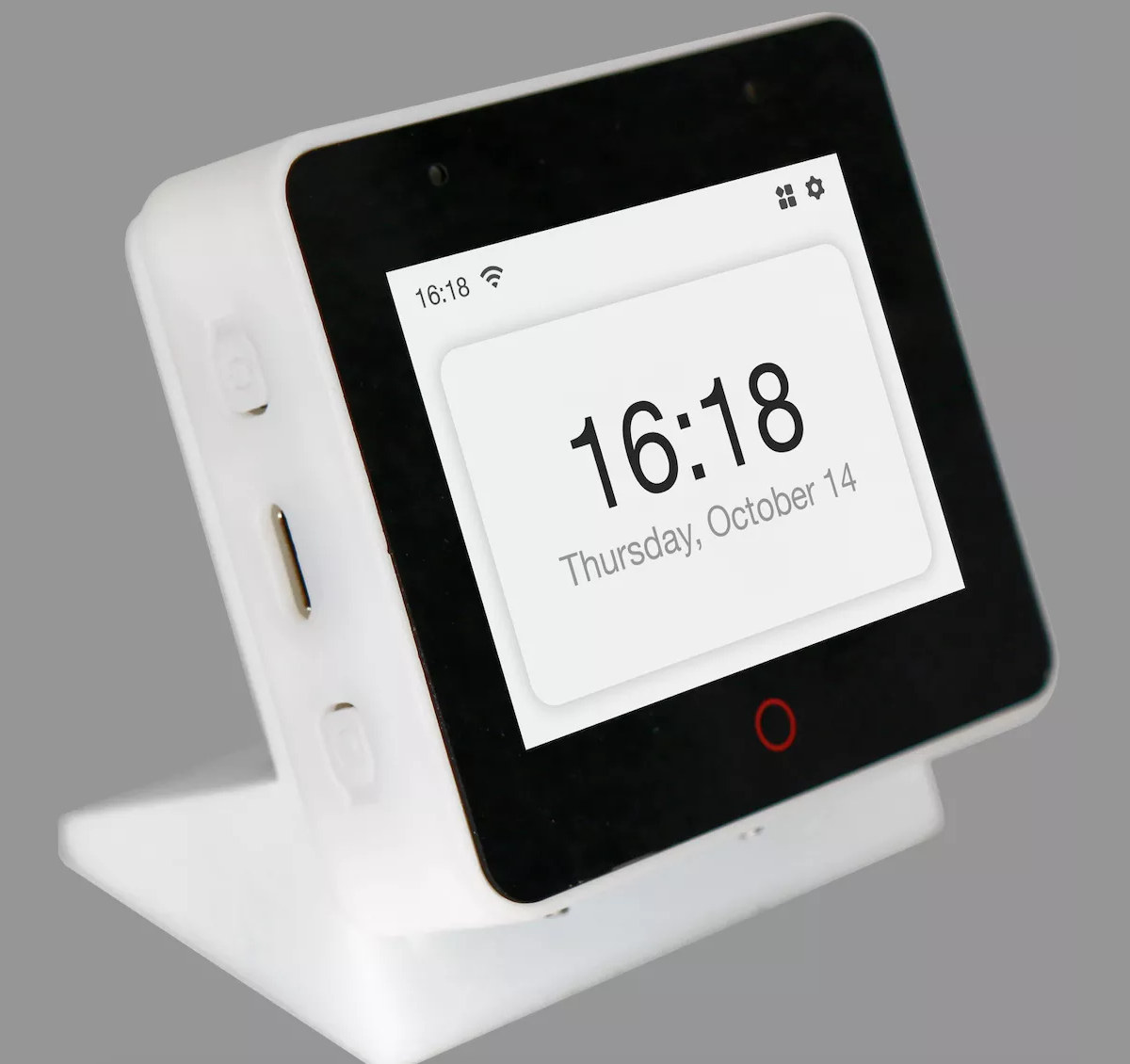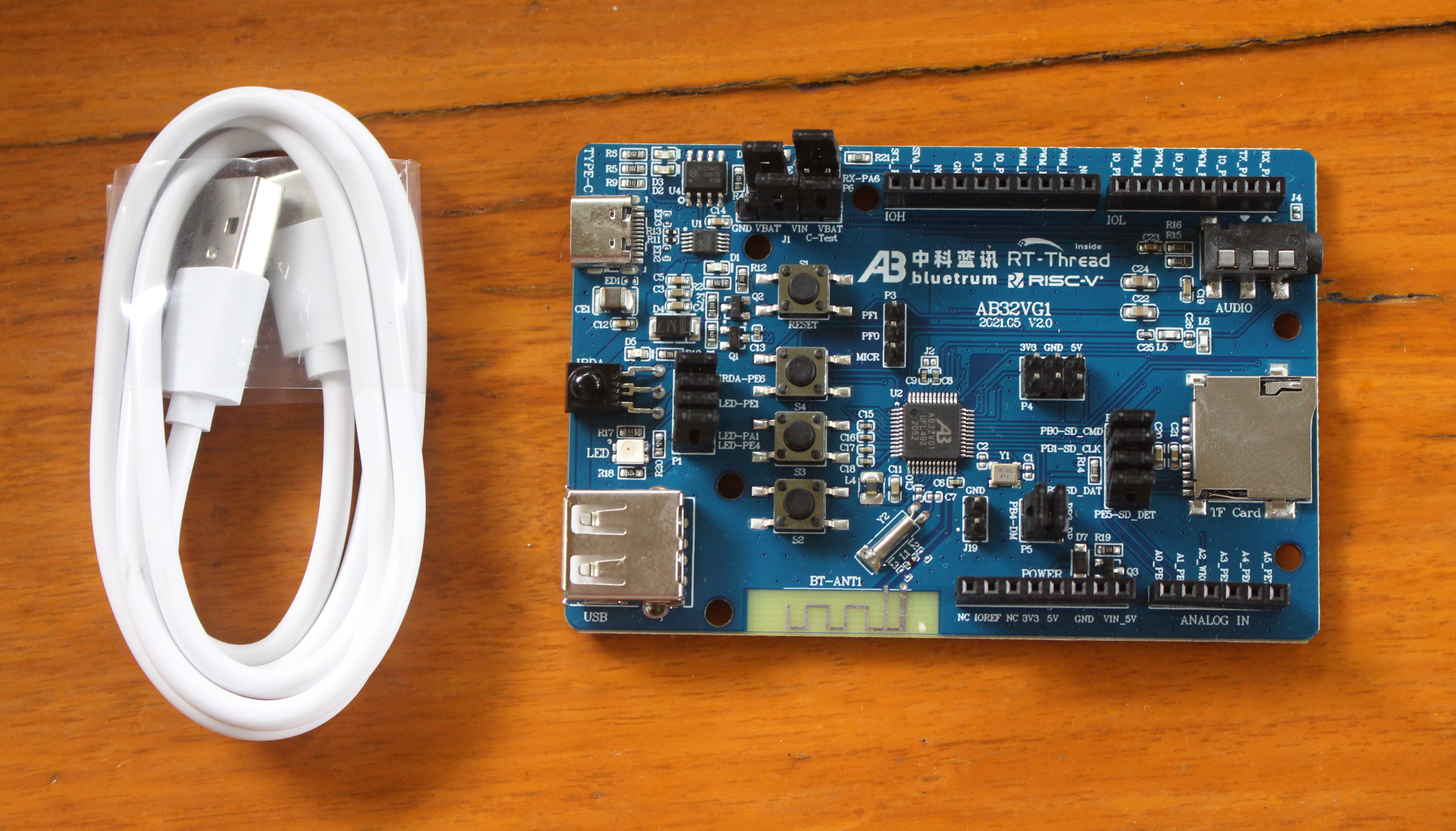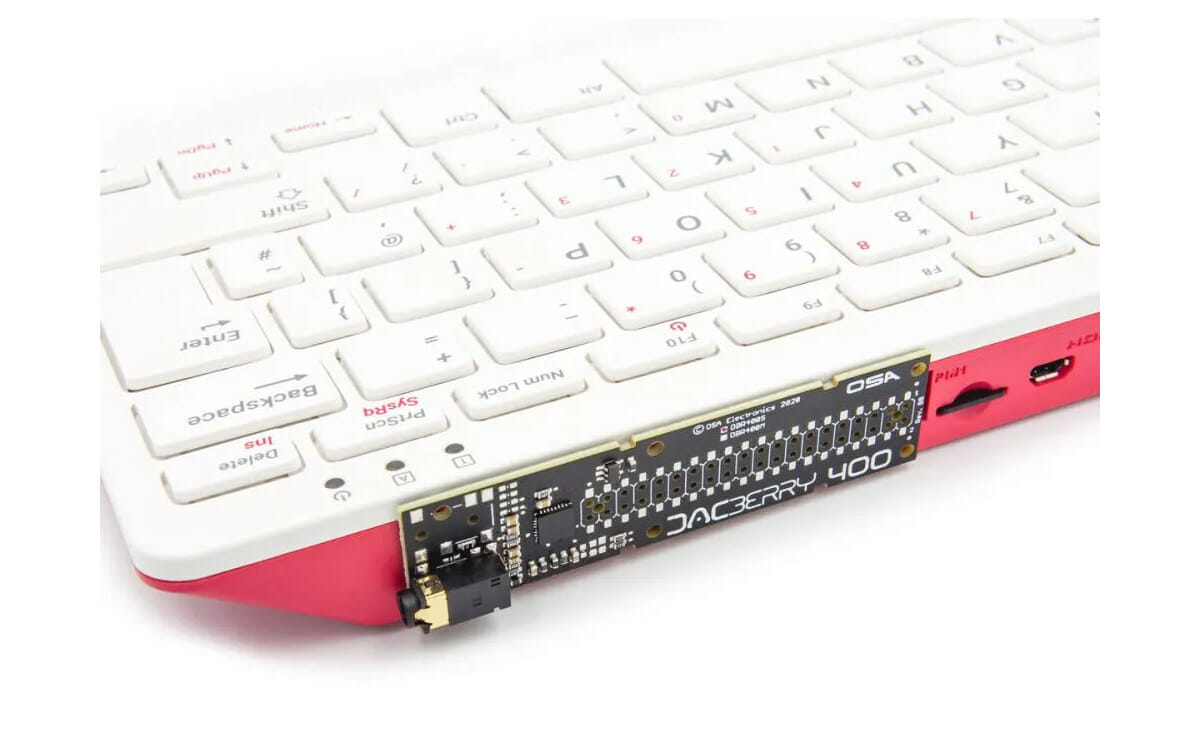From this side of the Internet, Khadas is better known for their single board computer, but the company has also made Hi-Fi audio products starting with the Khadas Tone in 2018 as an add-on board for Khadas VIM/VIM2 SBC, followed by Khadas Tone 2 Pro mini desktop Hi-Fi system in 2020. The latest audio product from Khadas is a smartphone accessory with Khadas Tea being a thin MagSafe-compatible magnetic Hi-Fi headphone amplifier based on aptX HD and LDAC capable Qualcomm QCC5125 Bluetooth SoC and ESS ES9281AC Pro DAC that sticks to the back of your phone. Khadas Tea specifications: Bluetooth Audio SoC – Qualcomm QCC5125 Bluetooth 5.0 audio chipset USB DAC – ESS ES9281AC Pro Amplifier – RT6863D (Buffer Stage) Audio I/O 3.5mm headphone jack Built-in stereo microphone for making and receiving calls over Bluetooth Sampling Rate USB: up to 32bit 384KHz @ PCM, or DSD 256 (Native) Bluetooth: up […]
Solar-powered Bluetooth headset with Powerfoyle nano-material band remains charged at all times
Blue Tiger Solare is a solar-powered Bluetooth headset that you may never need to charge thanks to a Powerfoyle solar cell headband comprised of a “nano-material that transforms any outdoor and indoor light into clean, endless energy”. Solare Bluetooth 5.1 headset is said to be military-grade (MIL-STD-810), offers 97% noise cancellation, and is mostly designed for “road warriors” who may require a Bluetooth headset that’s charging continuously. I initially thought it would probably work better for hikers, bicycle and motorbike riders, than car drivers unless we’re talking about convertibles, but Blue Tiger caters to professional truck drivers. Solare highlights: Bluetooth 5.1 with up to ~90 meters range High-quality speaker Microphone with 97% noise cancellation Works with Sir and Google Assistant Endless Battery Life with Powerfoyle solar cell flexible headband Temperature Range – -40°C to +50°C Certifications IPX4 ingress protection rating MIL-STD-810 for extreme environments and ruggedness Solare solar-powered Bluetooth headset […]
Mico – A USB microphone based on Raspberry Pi RP2040 MCU
Raspberry Pi RP2040 dual-core Cortex-M0+ microcontroller has found its way into Mico, a compact USB microphone with a PDM microphone providing better quality than cheap USB microphones going for one or two dollars or even 5 cents shipped for new Aliexpress users. The project started when Mahesh Venkitachalam (Elecronut Labs) was doing audio experiments with Machine Learning on the Raspberry Pi, and found out USB microphone dongles were extremely noisy with poor (distance) sensitivity, so he completed the project with a high-quality I2S microphone instead. He then had the idea of making his own USB microphone and found out Sandeep Mistry had already developed a Microphone Library for Pico, so he mostly had to work on the hardware that’s how Mico Raspberry Pi RP2040 USB microphone came to be. Mico specifications: MCU – Raspberry Pi RP2040 dual-core Cortex-M0+ microcontroller @ up to 133 MHz with 264KB SRAM Storage – 128Mbit […]
PicoVoice offline Voice AI engine gets free tier for up to 3 users
PicoVoice offline Voice AI engine has now a free tier that allows people to create custom wake words and voice commands easily for up to three users on any hardware including Raspberry Pi and Arduino boards. I first learned about PicoVoice about a year ago when the offline voice AI engine was showcased on a Raspberry Pi fitted with ReSpeaker 4-mic array to showcase the company’s Porcupine custom wake word engine, and Rhino Speech-to-Intent engine. The demo would support 9 wake words with Alexa, Bumblebee, Computer, Hey Google, Hey Siri, Jarvis, Picovoice, Porcupine, and Terminator. More importantly, the solution allows you to easily create your own custom words in minutes from a web interface by simply typing the selected wake word, with no need for hundreds of voice samples or waiting weeks to get it done. So I tried “Hey You” first, but I was told it was too short, […]
Espressif introduces ESP32-S3-BOX AI development kit for online and offline voice applications
Espressif Systems has very recently introduced the ESP32-S3-BOX AI voice devkit designed for the development of applications with offline and online voice assistants, and whose design I find similar to the M5Stack Core2 devkit, but the applications will be different. The ESP32-S3-BOX features the latest ESP32-S3 processor with WiFi and BLE connectivity, AI capabilities, as well as a 2.4-inch capacitive touchscreen display, a 2-mic microphone array, a speaker, and I/O connectors with everything housed in a plastic enclosure with a stand. ESP32-S3-BOX specifications: WiSoC – ESP32-S3 dual-core Tensilica LX7 up to 240 MHz with Wi-Fi & Bluetooth 5, AI instructions, 512KB SRAM Memory and Storage – 8MB octal PSRAM and 16MB QSPI flash Display – 2.4-inch capacitive touchscreen display with 320×240 resolution Audio – Dual microphone, speaker USB – 1x USB Type-C port for power and debugging (JTAG/serial) Expansion – 2x Pmod-compatible headers for up to 16x GPIOs Misc Power […]
Giveaway Week – Bluetrum AB32VG1 RISC-V board
The next prize for our once-in-a-year giveaway week is Bluetrum AB32VG1 RISC-V development board based on Bluetrum AB5301A MCU. The board is designed for Bluetooth audio applications as well as general-purpose applications and comes with Arduino headers for expansion. A USB Type-C cable is also included for power and programming. I tested the RISC-V board with RT-Thread open-source operating systems, and let’s say it was quite challenging because development tools need to be improved, but RT-Thread developers are committed to providing a better experience to developers. What’s important is that in the end, after some efforts, I managed to blink an LED and play some music through a pair of speakers connected to the 3.5mm audio jack, and the USB port for power. At the time of review, there was no Bluetooth sample, and a quick look at the documentation shows it may not be available just yet. If you’d […]
Picovoice Cobra Voice Activity Detection Engine shown to outperform Google WebRTC VAD
Picovoice Cobra Voice Activity Detection (VAD) engine has just been publicly released with support for Raspberry Pi, BeagleBone, NVIDIA Jetson Nano, Linux 64-bit, macOS 64-bit, Windows 64-bit, Android, iOS, and web browsers that support WebAssembly. Support for other Cortex-M and Cortex-A based SoCs can also be made available but only to enterprise customers. Picovoice already offered custom wake word detection with an easy and quick web-based training and offline voice recognition for Raspberry Pi, and even later ported their voice engine to Arduino. Cobra VAD is a new release, and, like other VADs, aims to detect the presence of a human voice within an audio stream. Picovoice Cobra can be found on Github, but note this is not an open-source solution, and instead, libpv_cobra.so dynamic library is provided for various targets, together with header files and demos in C, Python, Rust, and WebAssembly, as well as demo apps for iOS […]
Add an audio jack to Raspberry Pi 400 with the DACBerry 400
The Raspberry Pi 400 is a keyboard PC with most of the features of Raspberry Pi 4 SBC, with one of the exceptions being the lack of AV port. But you can now add a 3.5mm audio jack to the Raspberry Pi 400 through the DACBerry 400 S expansion board that connects to the 40-pin GPIO header. It’s a neater way than using a cheap USB audio dongle with microphone and headphone jacks, as it takes less space, and does not occupy any of the USB ports from the Raspberry Pi 400, and it does not prevent you from using the GPIO header. It’s also better suited for headphones with both microphone input and analog stereo audio output into a single jack, and probably comes with better audio quality than the low-cost USB dongles. DACBerry 400 S (DBR400S) specifications: Gold-plated 3.5mm headset/headphone jack (mic in – stereo out) DAC SNR […]



